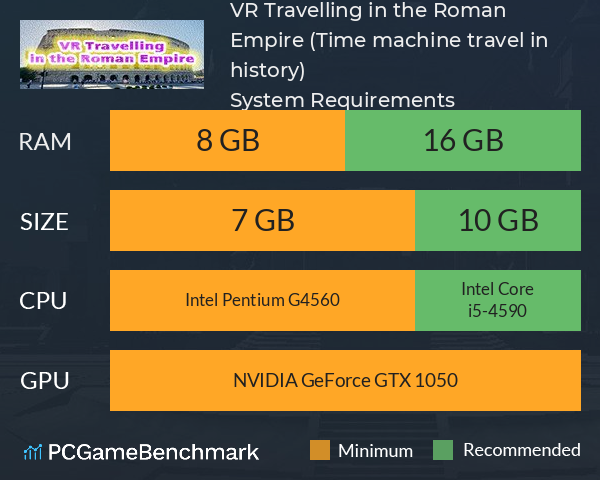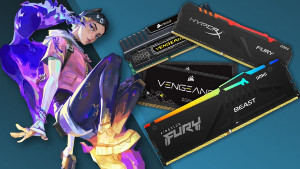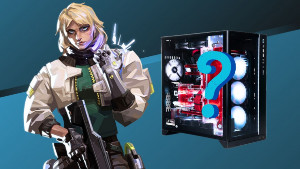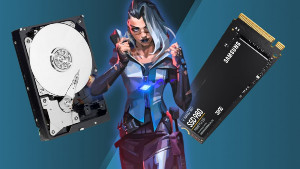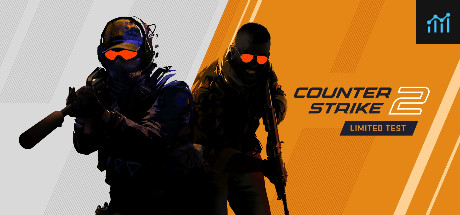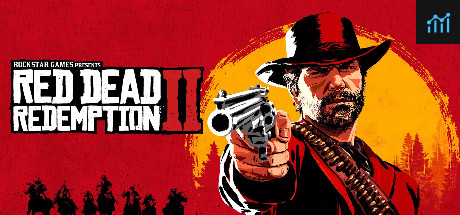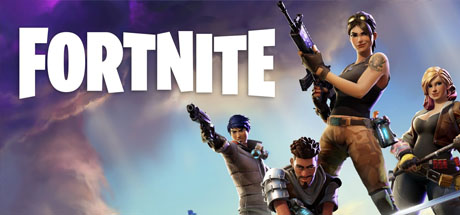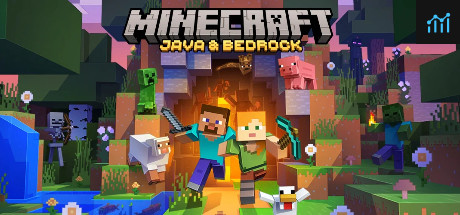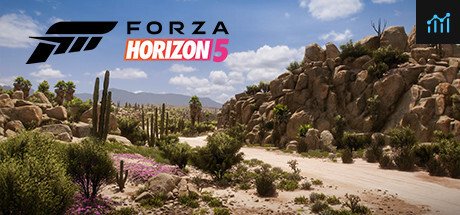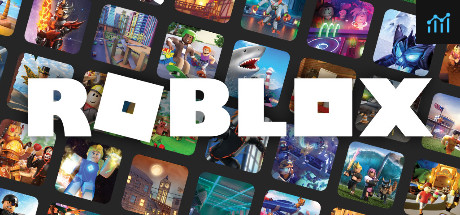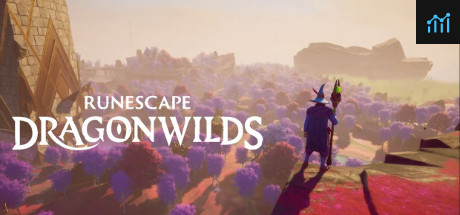VR Travelling in the Roman Empire (Time machine travel in history) System Requirements
VR Travelling in the Roman Empire (Time machine travel in history) system requirements 2025 - can your PC run VR Travelling in the Roman Empire (Time machine travel in history)?
VR Travelling in the Roman Empire (Time machine travel in history) minimum requirements
- Memory: 8 GB
- Graphics Card: NVIDIA GeForce GTX 1050
- CPU: Intel Pentium G4560
- File Size: 7 GB
- OS: Microsoft Windows 7
VR Travelling in the Roman Empire (Time machine travel in history) recommended specs
- Memory: 16 GB
- Graphics Card: NVIDIA GeForce GTX 1050
- CPU: Intel Core i5-4590
- File Size: 10 GB
- OS: Microsoft Windows 10
Can you run it? Test your computer against VR Travelling in the Roman Empire (Time machine travel in history) system requirements.
Can I Run VR Travelling in the Roman Empire (Time machine travel in history)?
To play VR Travelling in the Roman Empire (VR Rome Time machine travel in history) you will need a minimum CPU equivalent to an Intel Pentium G4560. However, the developers recommend a CPU greater or equal to an Intel Core i5-4590 to play the game. You will need at least 7 GB of free disk space to install VR Travelling in the Roman Empire (VR Rome Time machine travel in history). Make sure your have 10 GB of free disk space in order to install VR Travelling in the Roman Empire (VR Rome Time machine travel in history). The minimum memory requirement for VR Travelling in the Roman Empire (VR Rome Time machine travel in history) is 8 GB of RAM installed in your computer. Additionally, the game developers recommend somewhere around 16 GB of RAM in your system. Provided that you have at least an NVIDIA GeForce GTX 1050 graphics card you can play the game.
VR Travelling in the Roman Empire (Time machine travel in history) will run on PC system with Microsoft Windows 7 and upwards.
Looking for an upgrade? Try our easy to use VR Travelling in the Roman Empire (Time machine travel in history) set up guides to find the best cards. Filter for VR Travelling in the Roman Empire (Time machine travel in history) graphics card comparison and CPU compare. We'll help you find the best deal for the right gear to run the game.
VR Travelling in the Roman Empire (Time machine travel in history) FPS - what frame rate can you expect?
How many FPS will I get on VR Travelling in the Roman Empire (Time machine travel in history)? An FPS Monitor is the first step in understanding how the parts in your gaming PC are actually performing in real-world conditions. It's the perfect way to track VR Travelling in the Roman Empire (Time machine travel in history) FPS drops and stutters.
Download our free FPS Monitor via Overwolf to count your frame rates as you play, and test how tweaks to your settings can boost FPS and increase VR Travelling in the Roman Empire (Time machine travel in history) performance. Our app is compatible with hundreds of the best PC games and available now.
